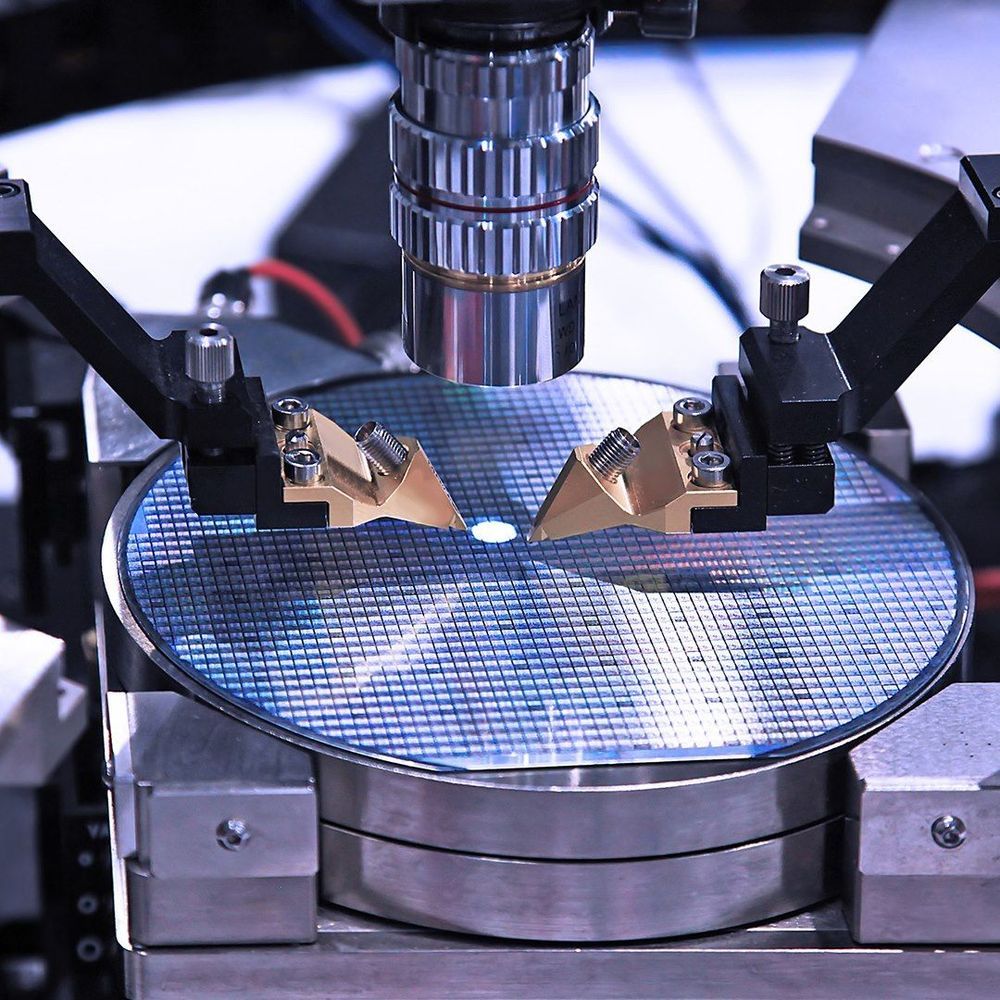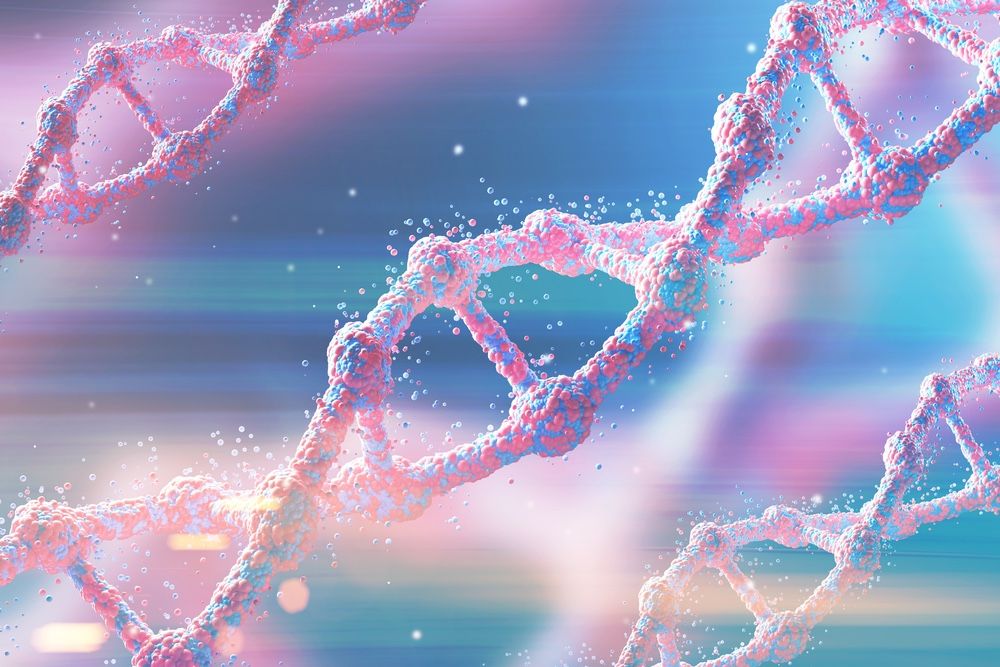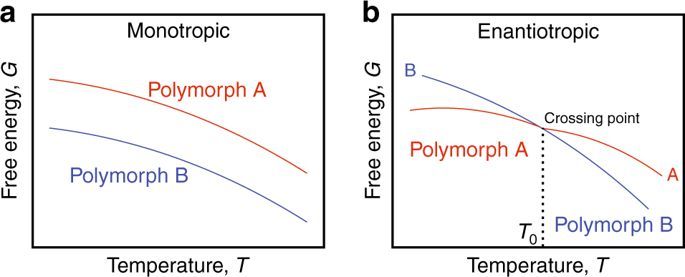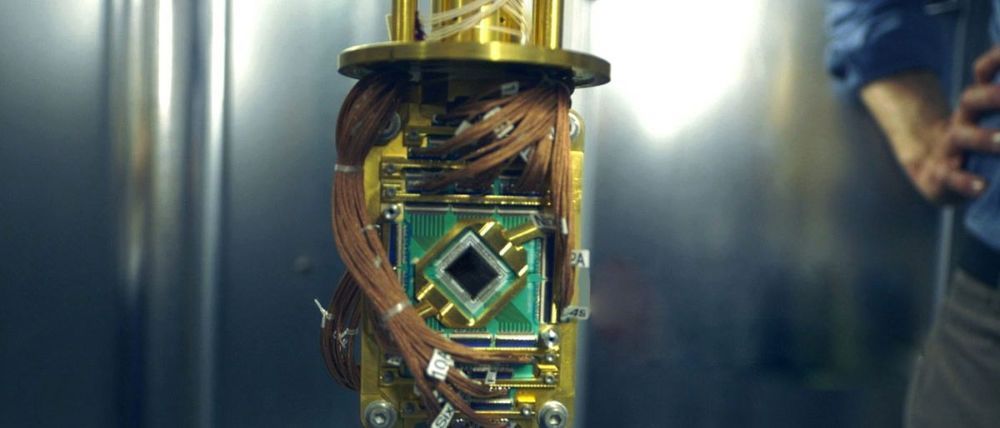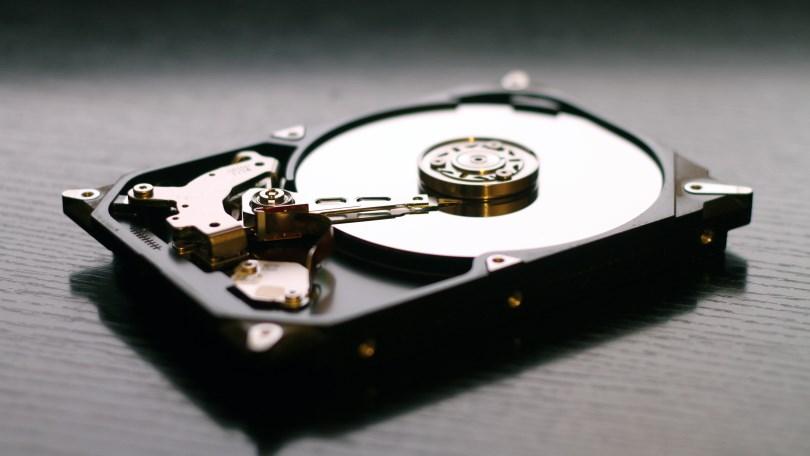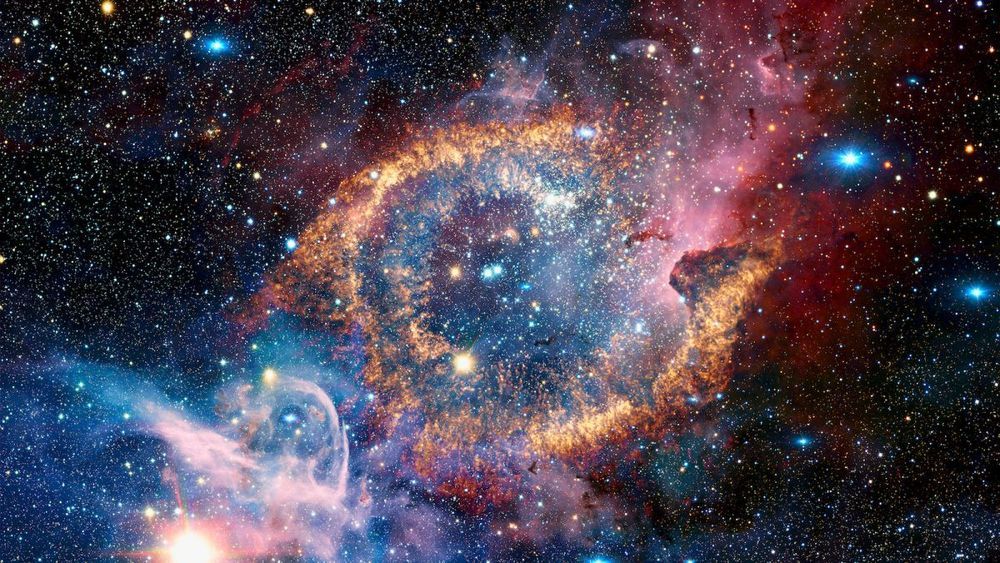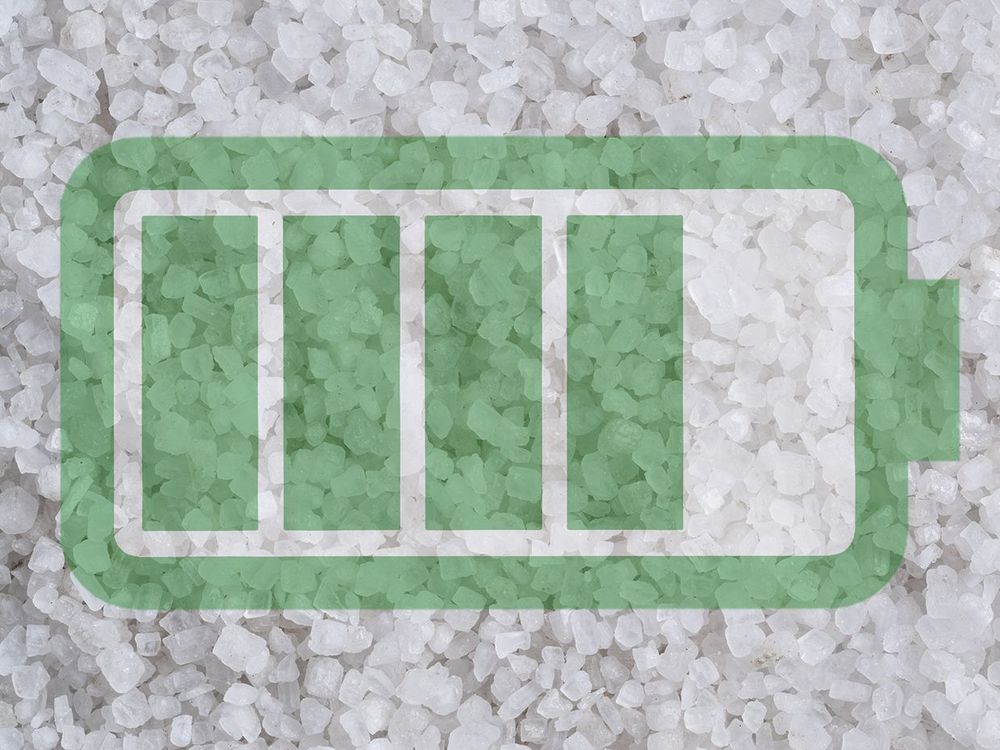Archive for the ‘computing’ category: Page 590
Nov 17, 2019
DNA Just One of More Than 1 Million Possible ‘Genetic Molecules,’ Scientists Find
Posted by Roderick Reilly in categories: biotech/medical, computing, genetics
Scientists used a computer program to uncover more than 1 million molecules that could potentially store genetic information, just like DNA.
Nov 14, 2019
Mathematicians Have Discovered an Entirely New Way to Multiply Large Numbers
Posted by Quinn Sena in categories: computing, information science, mathematics
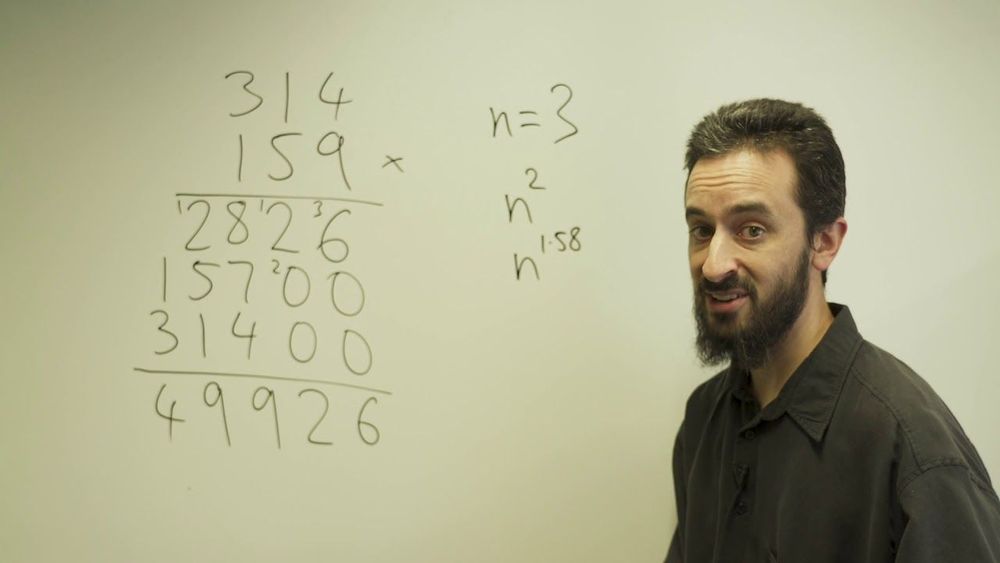
A pair of mathematicians from Australia and France have devised an alternative way to multiply numbers together, while solving an algorithmic puzzle that has perplexed some of the greatest math minds for almost half a century.
For most of us, the way we multiply relatively small numbers is by remembering our times tables – an incredibly handy aid first pioneered by the Babylonians some 4,000 years ago.
Continue reading “Mathematicians Have Discovered an Entirely New Way to Multiply Large Numbers” »
Nov 14, 2019
An unusual type of polymorphism in a liquid crystal
Posted by Quinn Sena in categories: biological, chemistry, computing
Polymorphism is a remarkable concept in chemistry, materials science, computer science, and biology. Whether it is the ability of a material to exist in two or more crystal structures, a single interface connecting to two different entities, or alternative phenotypes of an organism, polymorphism determines function and properties. In materials science, polymorphism can be found in an impressively wide range of materials, including crystalline materials, minerals, metals, alloys, and polymers. Here we report on polymorphism in a liquid crystal. A bent-core liquid crystal with a single chiral side chain forms two structurally and morphologically significantly different liquid crystal phases solely depending on the cooling rate from the isotropic liquid state. On slow cooling, the thermodynamically more stable oblique columnar phase forms, and on rapid cooling, a not heretofore reported helical microfilament phase. Since structure determines function and properties, the structural color for these phases also differs.
Nov 14, 2019
Magnets sustainably separate mixtures of rare earth metals
Posted by Saúl Morales Rodriguéz in categories: chemistry, computing, economics, mobile phones
A new study describes a novel approach for purifying rare earth metals, crucial components of technology that require environmentally-damaging mining procedures. By relying on the metal’s magnetic fields during the crystallization process, researchers were able to efficiently and selectively separate mixtures of rare earth metals.
Seventy-five of the periodic table’s 118 elements are carried in the pockets and purses of more than 100 million U.S. iPhone users every day. Some of these elements are abundant, like silicon in computer chips or aluminum for cases, but certain metals that are required for crisp displays and clear sounds are difficult to obtain. Seventeen elements known as rare earth metals are crucial components of many technologies but are not found in concentrated deposits, and, because they are more dispersed, require toxic and environmentally-damaging procedures to extract.
With the goal of developing better ways to recycle these metals, new research from the lab of Eric Schelter describes a new approach for separating mixtures of rare earth metals with the help of a magnetic field. The approach, published in Angewandte Chemie International Edition, saw a doubling in separation performance and is a starting point towards a cleaner and more circular rare earth metals economy.
Nov 13, 2019
Want to Build a Quantum Computer? Here’s a Blueprint
Posted by Quinn Sena in categories: computing, quantum physics
While quantum computers won’t be found on your office desk anytime soon, these blueprints could, over time, make quantum computing much more accessible Soon, with companies like D-Wave continually improving quantum computing through user input, advancements could come sooner than expected.
Nov 13, 2019
Seagate Will Ship 18TB and 20TB Hard Drives in 2020
Posted by Quinn Sena in category: computing
The 18TB drive is expected in the first half of 2020, while the 20TB will launch late in the year.
Nov 13, 2019
Astronomers Create 8 Million Baby Universes Inside a Computer and Watch Them Grow. Here’s What They Learned
Posted by Quinn Sena in categories: computing, space
Nov 11, 2019
How Long Before Sodium Batteries Are Worth Their Salt?
Posted by Quinn Sena in categories: chemistry, computing, mobile phones, transportation
Circa 2017
Today, lithium is the active ingredient in batteries that power smart phones, laptops, and cars. But because of the price of lithium, researchers have been looking for another, more abundant element that could replace it. Several start-ups and established companies have tackled the idea of developing rechargeable batteries in which the active ingredient is sodium, lithium’s neighbor on the periodic table.
Besides its availability, sodium has several other important properties—not the least of which is its resistance to catching on fire. What’s more, “It was a good candidate because it could store a similar amount of energy as compared to lithium,” remembers Minah Lee, who does research on sodium batteries at Stanford University.
Continue reading “How Long Before Sodium Batteries Are Worth Their Salt?” »
Nov 11, 2019
Quantum computing gets 10 billion qubits closer
Posted by Quinn Sena in categories: computing, particle physics, quantum physics
Oxford University researchers have, for the first time, generated a massive 10 billion entangled bits in silicon, taking an important step towards a real world quantum computer.
The researchers cooled a piece of phosphorus-doped silicon to within one degree of absolute zero and applied a magnetic field. This process lined up the spins of one electron per phosphorus atom. Then the scientists used carefully timed radio pulses to nudge the nuclei and electrons into an entangled state. Across the silicon crystal, this produced billions of entangled pairs.
Stephanie Simmons, researcher and lead author on the paper Entanglement in a solid-state spin ensemble — published in Nature, says that quantum computers really start to give classical computers a run for their money at a few dozen qubits, but her team is working to skip that stage altogether by going directly from a two-qubit system to one with 10 billion.
